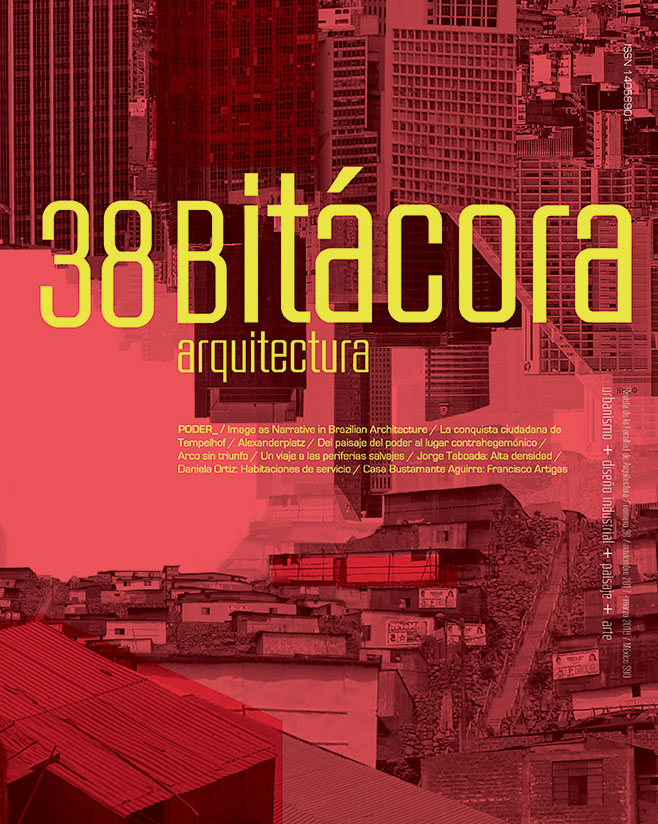This journal is an instrument of power. It represents the values and interests of contemporary Western culture in terms of research, education and popularization. Though shrouded behind a veil of honesty, objectivity and scientific impartiality, academic publications, like any other, are merchandise: their physical format and the structure of their contents are the result of a long process of adaptation to the publishing market under contemporary capitalism, which clearly includes the knowledge capital produced by public universities. As with all institutions in our society, universities have a clear agenda whose primary objective is the uninterrupted growth of productivity and consumption. They must seek out and work in conjunction with the plans of major public and private enterprises and successfully place their graduates at these enterprises. Historically, the products of our disciplines – buildings, cities and, in more recent times, objects and landscapes – have more or less been successfully inserted into the market structures that represent power.
Foucault has taught us that everything – or almost everything – is an expression of domination. Architecture, like all expressions of our societies and our cultures, inevitably expresses the power relations in which we are submerged. It could even be said that, due to its nature, architecture expresses stability, force and the permanence of human action over the territory and that therefore, for society, architecture is an intrinsic expression of power over the material world. Due to the high material and labor cost of buildings from the design stage through the negotiations with sponsors and the construction process itself, in each material decision and the way in which the project is promoted or presented by the media, as well as its role and its presence or absence in historical discourses, architecture can be readin terms of its relationship with power.
DOI: https://doi.org/10.22201/fa.14058901p.2018.38
Published: 2018-03-08

